#norse culture
Text
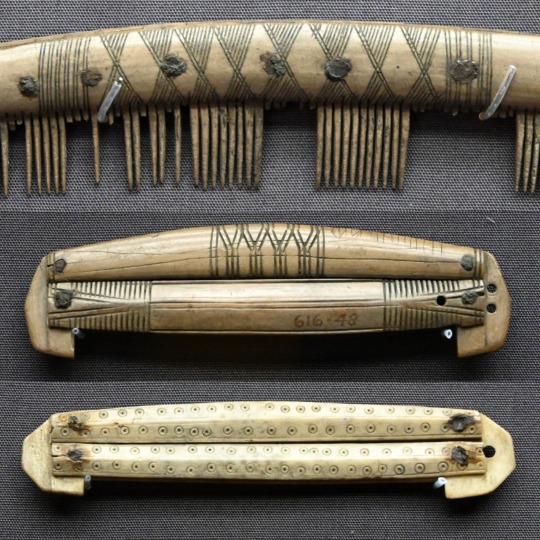
Viking Decorated Bone Combs and Handles, The Yorkshire Museum, York
#viking#viking comb#combs#decoration#symbols#viking culture#vikings#norse culture#archaeology#yorkshire#York#ancient living#relic#artefact
393 notes
·
View notes
Text
Okay serious question about norse mythology and norse culture... Is it OK to eat some or all of an offering you've given to a god you are worshipping?
#lokean#loki#norse loki#loki deity#norse deity#norse gods#norse mythology#norse culture#culture#deity#question#witchblr#witchy#witch#help please
115 notes
·
View notes
Text
Random Fact #6,522
The Vikings did not call themselves “Vikings”.
The word “viking” as a noun wasn’t a thing until the 1800s when the Scandinavian countries were looking to create a sense of nationalism. The people commonly called the Vikings would have called themselves the Norse. To them, viking was a verb, not a noun, which roughly translates as “to go raiding”.
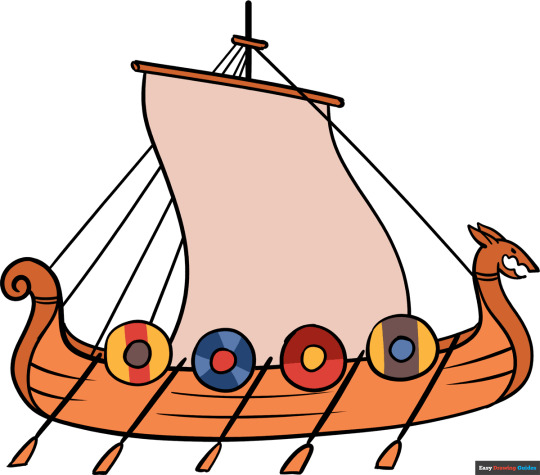
#little known fact#random fact#random facts#did you know#random factoid#random factoids#history facts#vikings#viking history#scandinavia#norse culture
28 notes
·
View notes
Text
To Feed the Ravens - Armored Core VI and Norse Culture
In Norse society, to "feed the wolves" or "feed the ravens" was a poetic way of saying "to go to war", as both wolves and ravens will scavenge the dead on a battlefield (feeding the eagles was also used to say this).
This is fitting for C4-621 and V.IV Rusty, as they are represented as a raven and a wolf, those that feed on the dead, and given the skill of the two pilots relative to those around them, it certainly feels like they are feeding on those who are already dead.

#armored core#armored core 6#armored core vi#armored core series#fires of rubicon#mech#mecha#scifi#science fiction#norse culture#norse mythology
38 notes
·
View notes
Text
Heilsa!
Book I am reading early this morning is, The Poetic Edda by Snorri Sturluson, translated by Carolyne Larrington. I've read other translations as well; Jackson Crawford and also Lee Hollander, which aren't bad in any way, but so far I'm really enjoying Larrington's version. I recommend 💯 this read to all my fellow heathens because this version is very easy to follow, has both Old Norse and English translations.
“godt nytt år!” (Happy New Year)
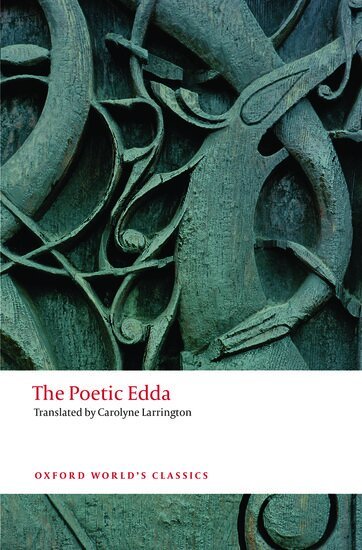
#norse#heathen#pagan#paganism#Snorri Sturluson#the poetic edda#norsegods#norse myths#codex regius#asatru#norsepagan#norse paganism#heathenry#heathenism#stories#poems#Kennings#edda#skaldic poetry#norse culture#literature#philosophy#old gods#icelandic#iceland#scandinavia#norse mythology#norse folklore#norse gods#mythology
37 notes
·
View notes
Note
hello! I was wondering about the ushaan tur ( I don't think I spelled that right) what would be the qualifications to challenge someone?
Also somewhat random question, I was wondering what your thoughts were on the episodes babel one and United on Enterprise?
Thank you
Hello, hello! Thanks for dropping by!
In many ways, the ushaan reminds me of the old Norse custom of the holmgang which has many similar rules - though, thankfully, not nearly as many as the Andorians' have.
For comparison: A holmgang was a serious affair, in which - in theory - an offended person could challenge another regardless of social status regarding a matter of personal honour, disputes over ownership/property, to seek restitution or restoration of a debt, to settle legal disagreements, invoked with the intention to aid a spouse (usually a wife) or relative, or to avenge a friend. If a friend was clearly outclassed in a holmgang, a more capable warrior would often volunteer to fight in their place. The actual format of the duel could vary, with different rules, weapons, and locations depending on the region, the era, and so on. Some duels were to the death, but others were satisfied when the requirements agreed upon beforehand for a loss were met. If the person who issued the challenge failed to show up, they were deemed niðingr and possibly even declared an outlaw, a person outside of the protections of the law who could be killed or driven off with impunity.
(Please note: while niðingr often translates to coward or nothing, in reality it means so much more than that. It means that you are less than nothing, less than a person, utterly without honour or merit in all aspects of oneself. The insult has a simple translation but cultural nuances make it so much worse than just being called a coward. In fact, it is one of the worst things you could call someone else, and being called a niðingr was a grave offense that usually resulted in at least one person winding up dead at the end of it. Usually more. Usually quite a few more, actually. Very few people could run a generational feud like the old Norse did.)
Meanwhile, the Andorian ushaan is a rather more complicated affair, though it seems to run in the same vein as a holmgang. Canonically, the ushaan has between 9,000-12,000 amendments described in the Code of the Ushaan; there are exceptions, substitutions, deferrals, indefinite deferrals, and substitutions, and disqualifications which are all accounted for in painstaking detail.
We don't have many actual examples of some of the amendments and qualifications for the ushaan, but United did give us a few:
Hardship Deferment: Either combatant can postpone a duel indefinitely if there is determined to be sufficient hardship to justify the delay, pending approval by the opposing combatant or combatant's proxy.
Religious Deferment: Either combatant can postpone a duel indefinitely based on specifically defined religious objections, pending approval by the opposing combatant or combatant's proxy. A member of any recognized religious order is forbidden from participating in ritual combat and must instead submit his or herself to discipline by the administrative body of the appropriate sect.
Ancestral Exemption: If a combatant's family history includes an act of heroism, sanctioned by no less than three ranking government officials, said combatant may step down from the challenge after making and agreed-upon monetary restitution.
Sibling Proxy: A sibling (male or female) of appropriate age that volunteer to take the place of a combatant, pending approval by the opposing combatant or combatant's proxy.
Progeny Proxy: A son or daughter of appropriate age that volunteer to take the place of a combatant, pending approval of the opposing combatant or combatant's proxy; and if such substitution does not impose the clan contamination deferment.
Clan Continuation: Either combatant can postpone a duel indefinitely if there are no children to continue his clan (...)
[Source: ST: ENT S04E12 "United"]
Looking at what we know of the Andorian ushaan, there are a remarkable number of similarities with the Norse holmgang, which is why I made the comparison in the first place. I half wonder if the ushaan was inspired by the holmgang.
As far as we know, from the scant (I will never not bring this up. ST writers: do better) lore, we know that Andorians can issue a challenge for a ushaan duel to avenge a loved one, or to avenge their personal honour. Beyond that, we're actually not given a great deal of information on what other circumstances allow for a challenge, but I can't imagine that it isn't as highly regulated as everything else Andorians do.
For my headcanon purposes, there are several requirements that must be met for a challenge to qualify as legitimate:
Both parties must be considered legal adults, both physically and mentally. A child cannot challenge or fight in a ushaan. A near-adult cannot challenge or fight in a ushaan. Any such individuals who are found to have participated in a ushaan are deemed to have engaged in illegal duels and may face significant legal repercussions. Any adult individuals who knowingly challenge a child or near-adult will face official censure and severe legal and financial repercussions.
Both parties must be considered to be in their right mind - compos mentis - and therefore able to comprehend the consequences of their actions, immediate and future. Failure to meet this requirement results in the dismissal of the challenge entirely. A mentally competent individual who knowingly challenges someone who does not meet this requirement faces official censure and significant fines.
Both parties must be assessed to be physically fit enough to participate in the duel, or have substitutes who are. Failure to meet this requirement may result in a deferral until the unfit party is a) deemed fit by a medical professional or b) can locate a fit substitute. Failing to meet this requirement and proceeding regardless results in an illegal duel, and both parties will be censured and fined.
The root cause of the duel must be considered legitimate. To be considered legitimate, the causes must be a) provably traceable to the challenged individual, b) cause significant duress or hardship to the challenger, and c) represent a significant loss or slight to the personal honour of the challenger, or the party the challenger acts on behalf of. Failure to meet these requirements results in the dismissal of the challenge and, pending review by arbiters, may result in censures and fines for the challenger.
If we look at the situation presented in "United", Shran's challenge meets these requirements across the board. The Telleraite in question, Naarg, is a fully grown, adult member of his species in good health and mentally competent enough to be serving as an ambassadorial aide. His is directly responsible for Talas' death (which had multiple witnesses and cannot be contested under Andorian law) and, damningly, acted after the situation had been defused - well outside the timeframe that would have allowed for self-defence. Talas' death, as Shran's paramour or bondmate, would have constituted a significant emotional hardship and personal loss, and being slain while acting as an Imperial Guardsman by an 'inferior' enemy would have been disgraceful for Talas - which fulfills that requirement as well.
By Andorian laws and customs, Shran's challenge - while poorly timed and very much at odds with his government's desire for calm negotiation and measured diplomacy at the time - was perfectly legitimate. That Shran already had his blood up about Tellarites prior to the challenge would be considered a relevant but largely inconsequential detail which would likely only be taken into account if the challenge had been deemed illegal or of dubious legality.
As for your other question: I actually really enjoyed United and Babel One! We got a little bit of everything in those episodes: intrigue, action, Romulans doing Romulan chores, Andorians and Andorian lore, Jeffrey Combs, character development across the board, Archer actually doing something intelligent despite his many, many concussions, Trip being put into even more Situations™️ (with bonus Reed being put into Situations™️), and our first look at the Aenar! What's not to love?
Were the episodes perfect? Of course not. Did I adore them anyway? Absolutely.
#star trek#andorian#andorians#headcanon#Ushaan#Code of the Ushaan#Andorians litigate everything#st: ent#star trek enterprise#holmgang#Norse culture#Andorian culture
4 notes
·
View notes
Text
youtube
Excellent video on what we know (or rather don't know) about gay men in the Viking Age.
6 notes
·
View notes
Photo
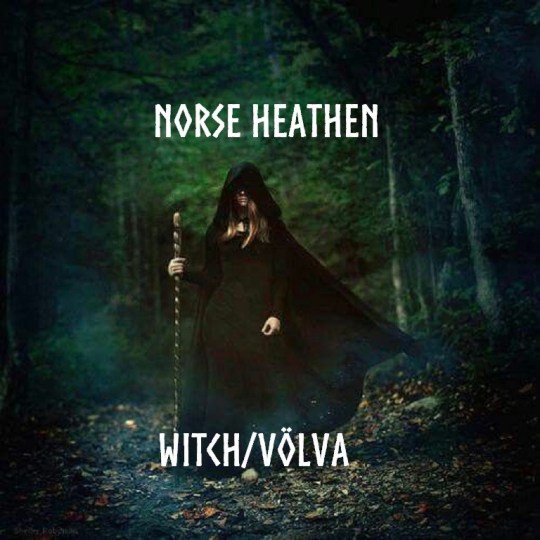
Norse Heathen Witch / Völva
#Norse Culture#heathenry#paganism#witchcraft#occult#esoteric#nature spirituality#witch#volva#norse pagan
4 notes
·
View notes
Text
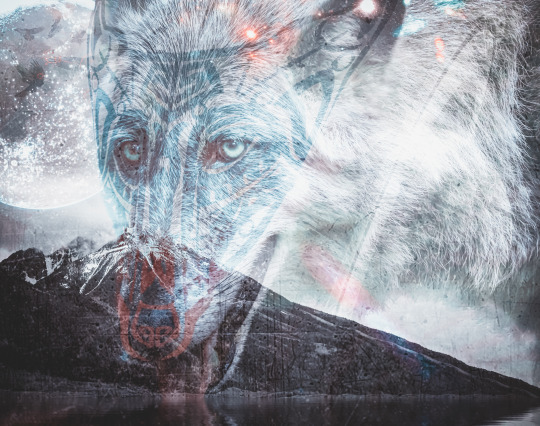
Norse inspired artwork - hail to my ancestors.
4 notes
·
View notes
Text

Can fascist just leave Vikings and Norse culture alone. They don’t even know what they’re talking about half the time
2 notes
·
View notes
Text
The Vikings and Celts DID NOT have DREADLOCKS : Viking hair history myth...
youtube
Danish and other Scandinavian people (Vikings, Norsemen) were considered a bit odd because they combed and even rinsed their hair every day. They were very vain about it - at least according to racist people who looked down on their culture and religion and looking for anything to criticize.
2 notes
·
View notes
Text
Begging people to stop erasing norse gods cultural identity and ethenicity
#i know we like to have fun and dick around but they arent some OCs#plz these are real norse cultural figures#nordic gods#norse gods#norse culture#norse mythology
3 notes
·
View notes
Text
Random Fact #6,421
What's the difference between "Norse" and "Scandinavian"?
Scandinavian is the term for the countries that used to belong to the culture that was known as the Norse (which is now made up of the countries of Denmark, Norway, and Sweden).
So if you're talking about someone from the Viking age like Harald Bluetooth, they're Norse. If you're talking about a modern person like Swedish actor Alexander Skarsgård they're Scandinavian.
11 notes
·
View notes
Text
Útiseta
#shaman#shamanism#norse shaman#norse shamanism#finland#finnish#kalevala#finnish epic#magic#ancient civilization#ancient civilizations#norse#old norse#norse culture#norse society#viking#vikings
0 notes
Text
#youtube#outlaw#history#real life#robin hood#law#punishment#old laws#please writers#inspiration#scary#please write this#story ideas#norse heathen#Norse culture#viking
0 notes
Text

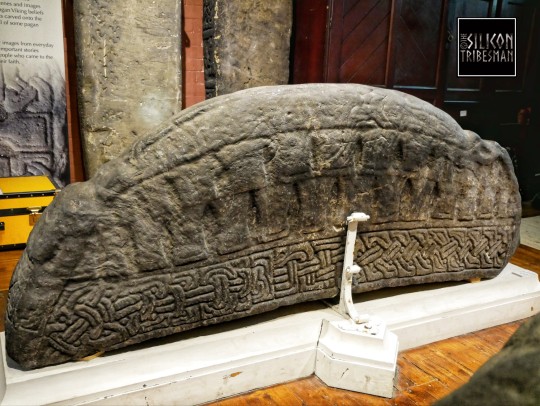





Govan Old Stones Collection, Viking 'Hogback' Stones, Govan Old Parish Church, Glasgow, Scotland
#viking#viking culture#viking art#viking life#norse#hogback stones#hogbacks#stonework#relic#knotwork#ancient living#ancient craft#ancient cultures#archaeology#Scotland#gravestones#marker#symbols#designwork#Glasgow
186 notes
·
View notes